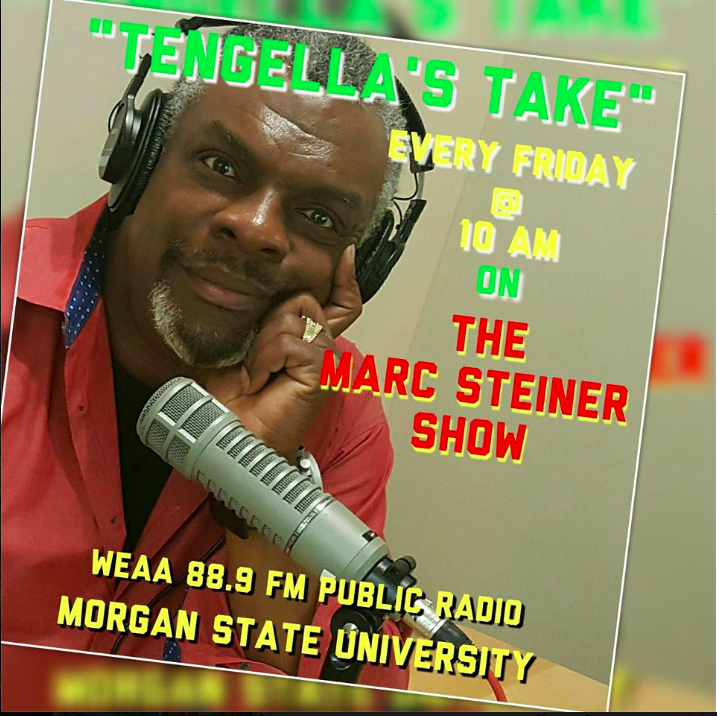When they came out with the “new money” a couple of years ago, there were massive technological advancements in the bills in order to deter counterfeiting. I think on the whole the American public feels very confident about our money. When I am given change I don’t inspect it, and when I give money to a clerk, unless it is a $100 bill, they don’t inspect it. It just changes hands without so much as a cursory glance.
Now put yourself in the early 1800’s. You go down to Ye Olde Shoppe to purchase some dry goods. You present the shop-keep with a one dollar bill from the Fairhaven Bank, a respected banking institution in Massachusetts. The shop-keep reaches behind the counter and pulls out a pamphlet called a counterfeit detector. He goes through the book, which includes a page that says that the Fairhaven bank has several known counterfeits. He inspects your bill, checks the pamphlet, inspects your bill again. Finally, he declares that he cannot be sure this is not a counterfeit. He’ll still accept your bill-but not for the full price. You haggle with the shop-keep until you both finally agree on a reduced value of the bill, and then you purchase your item, receive less change then you had hoped, and you exit the shop.
Can you imagine? In a time when money was printed not by a central government branch but instead by individual banks, counterfeiting was a great way to “make money” (you love my puns). We’ll learn today at one o’clock of the political and cultural system that allowed such a situation to develop. Why did the government shy away from creating it’s own money? What caused us to develop the system we have today? We’ll talk with author Stephen Mihm, whose new book is A Nation of Counterfeiters: Capitalists, Con Men, and the Making of the United States.
-Jessica


